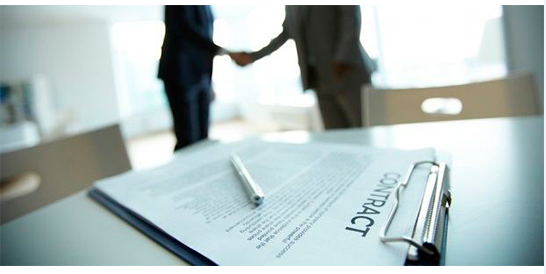The keys to confidentiality in innovation projects
At DS Smith Tecnicarton, we pride ourselves on our innovation management and how we work closely with our customers to provide them with different solutions that help them position themselves in the marketplace.
Many times the projects we manage require exclusivity - not working for other companies in the same sector - and, of course, confidentiality. This way we guarantee our clients that their projects are unique and that they can use them as a competitive advantage in their market. To ensure that confidentiality, we tell you the steps we follow and compare with our clients. It may serve as a clue for your own management.
To ensure that confidentiality, we tell you the steps we follow and compare with our clients. It may serve as a clue for your own management.
1. - What cannot be known, it is not counted. If you don't want something to be known, don't count it. Do not mention it in other areas, do not quote it in the activity report. Before commenting or speaking, think about what consequences it may have for the project. It is true that there may be parts of the project that are capable of being counted, but it is necessary to assess whether advancing an information can lead to giving clues about a project.
2. - Let's define very well what is confidential. Sometimes it is possible to speak of a general project where confidentiality lies in a certain process, in the use of specific pieces, or in the design or arrangement of some elements. Perhaps this project can give us notoriety in our sector and counting one part does not endanger the project, and yet it positions us as leaders in a sector. It is a question of having a framework document that makes it very clear on what terms confidentiality is based.
3. - And this brings us closer to the following point: Let us define very well the obligations and exceptions regarding confidentiality. In the contract that is established, it may appear what we are bound by our confidentiality agreement and in which cases there are exceptions. At this point, it is likely that there will be a "struggle" between departments, with the marketing team looking for the loophole that allows us to count the benefits of a project and, therefore, look for more customers. Sometimes it is the client himself who advances points of the project. As soon as it becomes public knowledge, there is an exception, and we will be able to go into more detail about the project. 4. - The duration of a confidentiality agreement can vary depending on the phase in which it is. As a general rule, it is established that between 3 and 6 months is the time period for project preparation; between 6 months and 1 year is the time period established for the evolution of technologies or intellectual property assets. And more than a year when what we want is to establish a stable communication channel for the exchange of information between several entities.
4. - The duration of a confidentiality agreement can vary depending on the phase in which it is. As a general rule, it is established that between 3 and 6 months is the time period for project preparation; between 6 months and 1 year is the time period established for the evolution of technologies or intellectual property assets. And more than a year when what we want is to establish a stable communication channel for the exchange of information between several entities.
If all this is fulfilled, there need not be any problems. And that's how we've been doing it at DS Smith Tecnicarton for over 25 years. We have the confidence of our clients who know that their projects are safe with us and that if they are confidential developments, we will leave in their hands the possibility of making them public.
